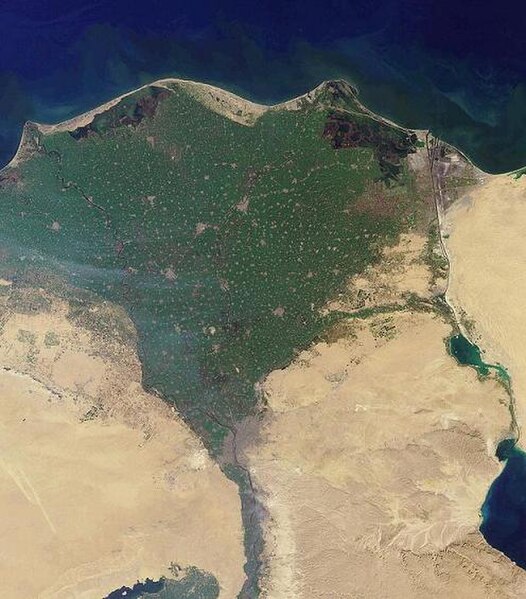A valley is an elongated low area often running between hills or mountains, which typically contains a river or stream running from one end to the other. Most valleys are formed by erosion of the land surface by rivers or streams over a very long period. Some valleys are formed through erosion by glacial ice. These glaciers may remain present in valleys in high mountains or polar areas.
Calchaquí Valley in Argentina
U-shaped valley in Glacier National Park, Montana, United States
Romsdalen in Western Norway has almost vertical walls.
Fljótsdalur in East Iceland, a rather flat valley
A river is a natural flowing watercourse, usually a freshwater stream, flowing on the Earth's land surface or inside caves towards another waterbody at a lower elevation, such as an ocean, sea, bay, lake, wetland, or another river. In some cases, a river flows into the ground or becomes dry at the end of its course without reaching another body of water. Small rivers can be referred to by names such as creek, brook, and rivulet. There are no official definitions for these various generic terms for a watercourse as applied to geographic features, although in some countries or communities, a stream is customarily referred to by one of these names as determined by its size. Many names for small rivers are specific to geographic location; examples are "run" in some parts of the United States, "burn" in Scotland and Northeast England, and "beck" in Northern England. Sometimes a river is defined as being larger than a creek, but not always; in English the language is vague compared to some langauges like French, where a fleuve flows into the sea and a rivière is a tributary of another rivière or fleuve.

Elwha River in the Olympic Peninsula
Melting toe of Athabasca Glacier, Jasper National Park, Alberta, Canada
The Colorado River at Horseshoe Bend, Arizona
Nile River delta, as seen from Earth orbit. The Nile is an example of a wave-dominated delta that has the classic Greek letter delta (Δ) shape after which river deltas were named.








